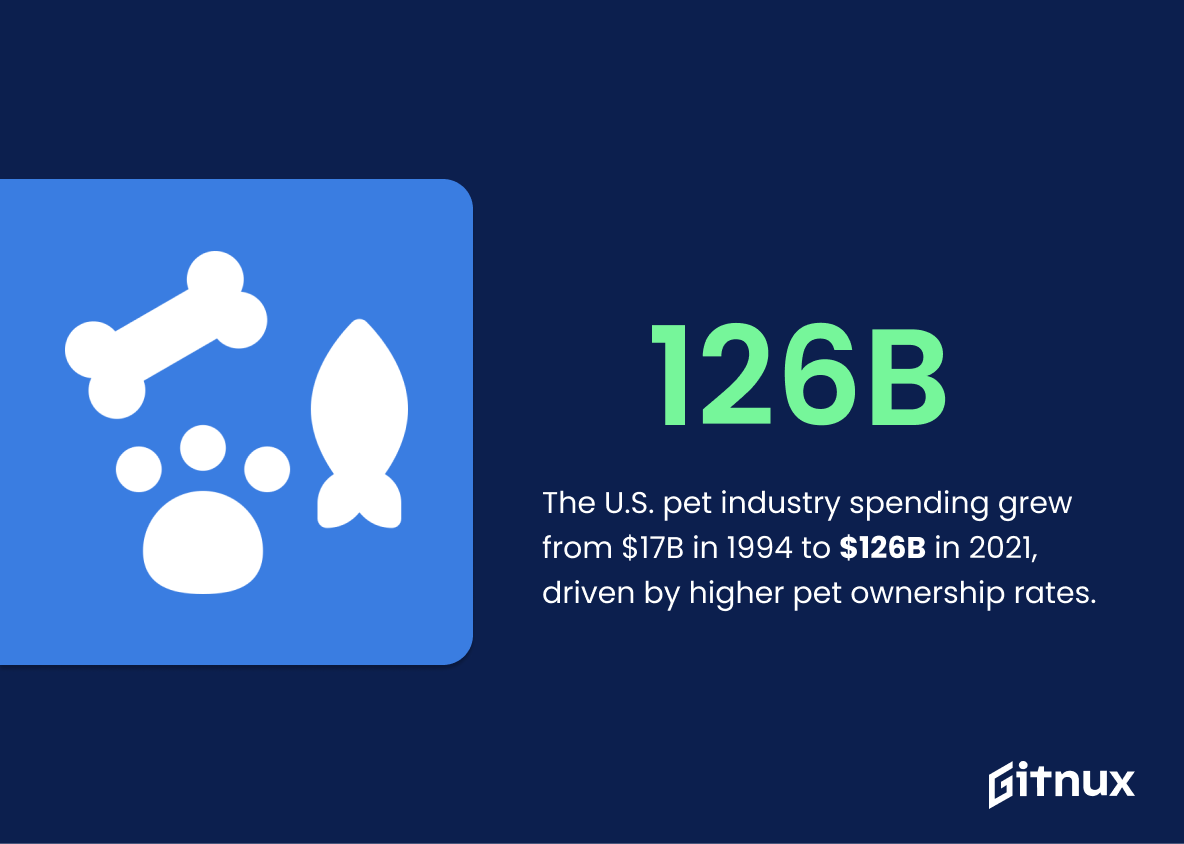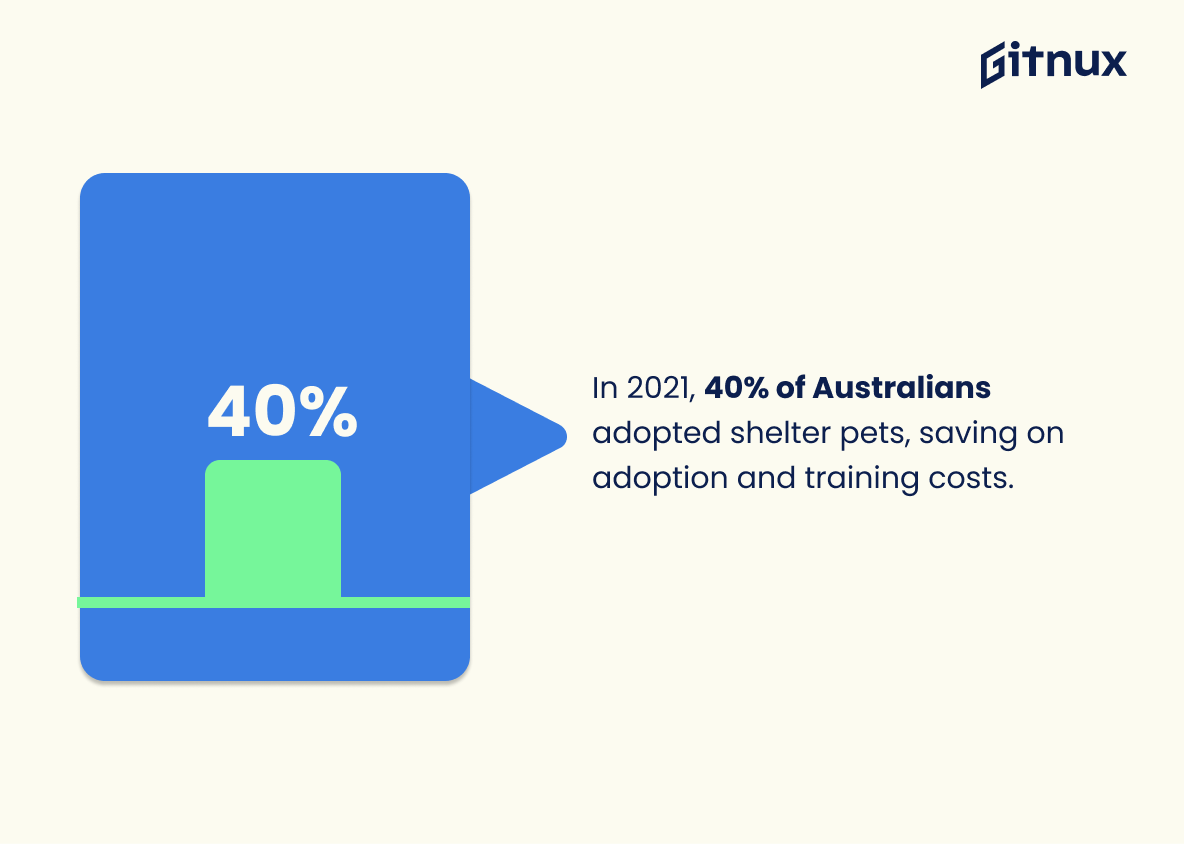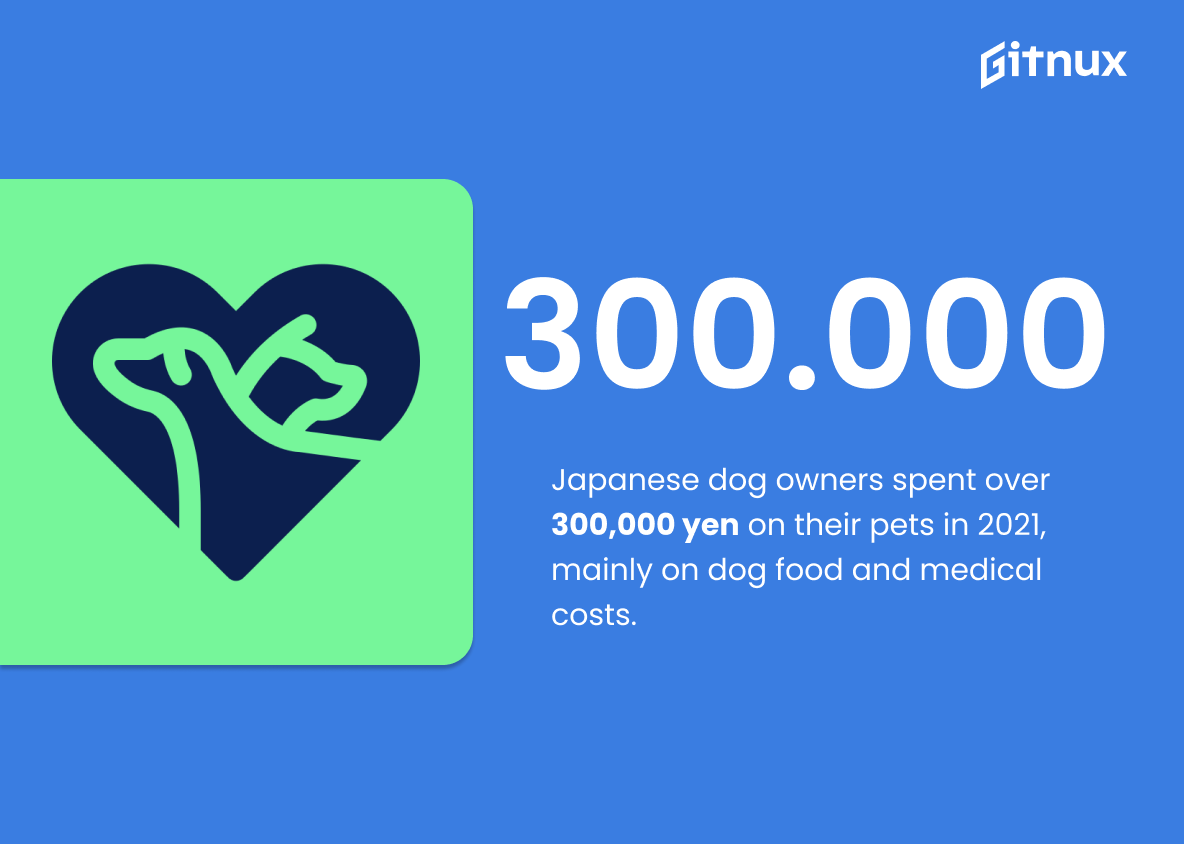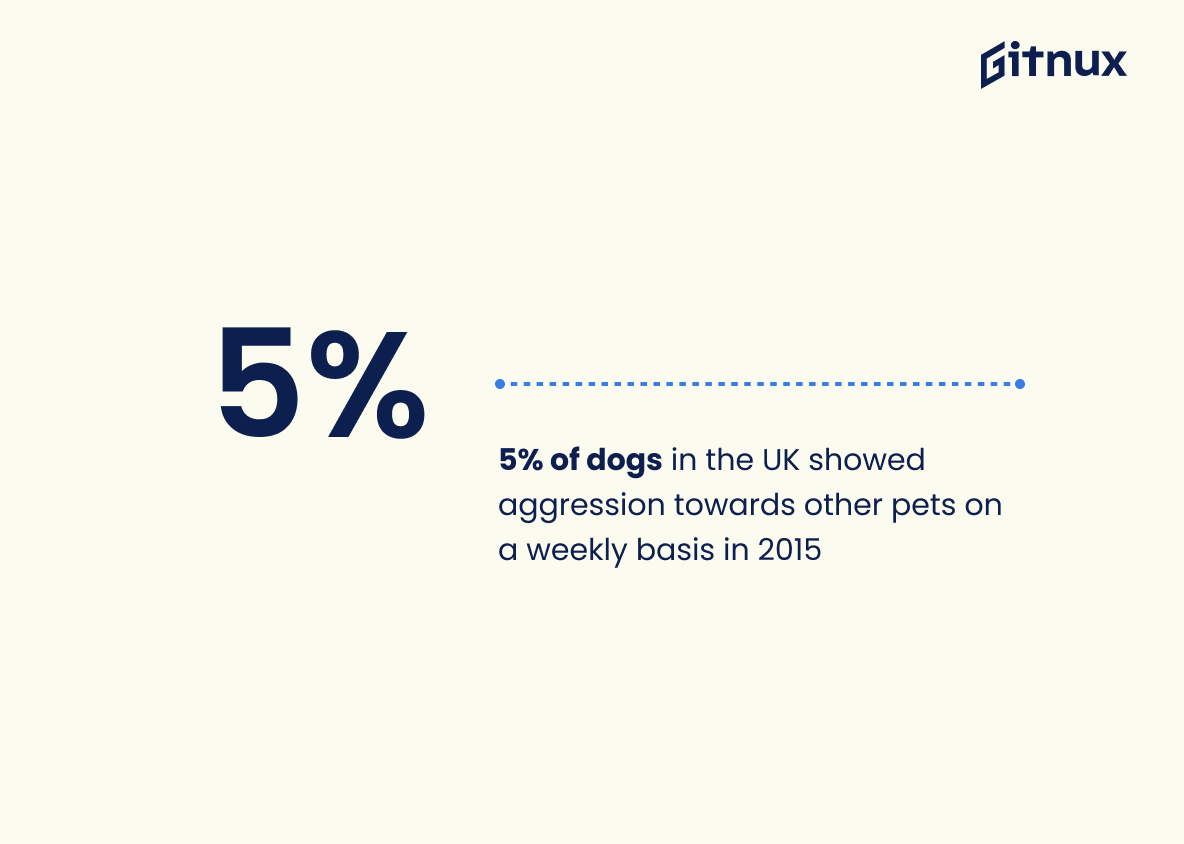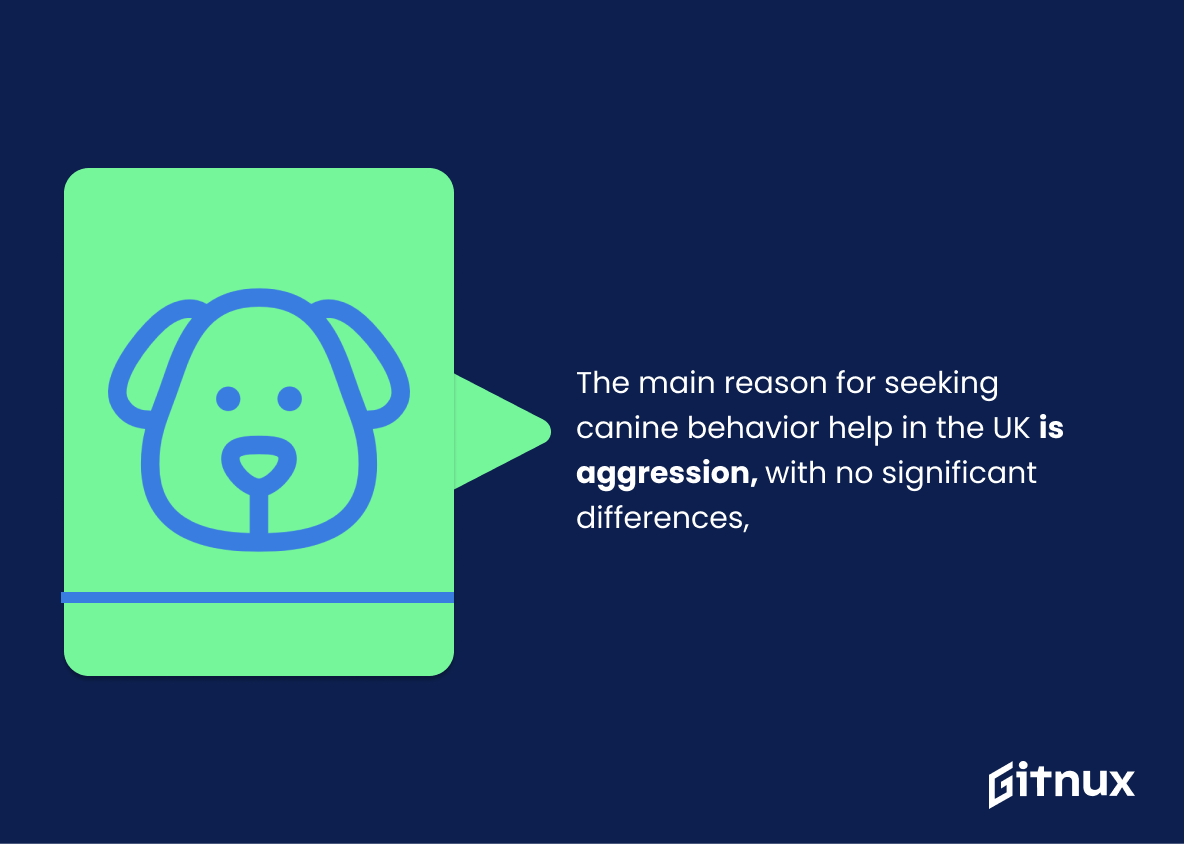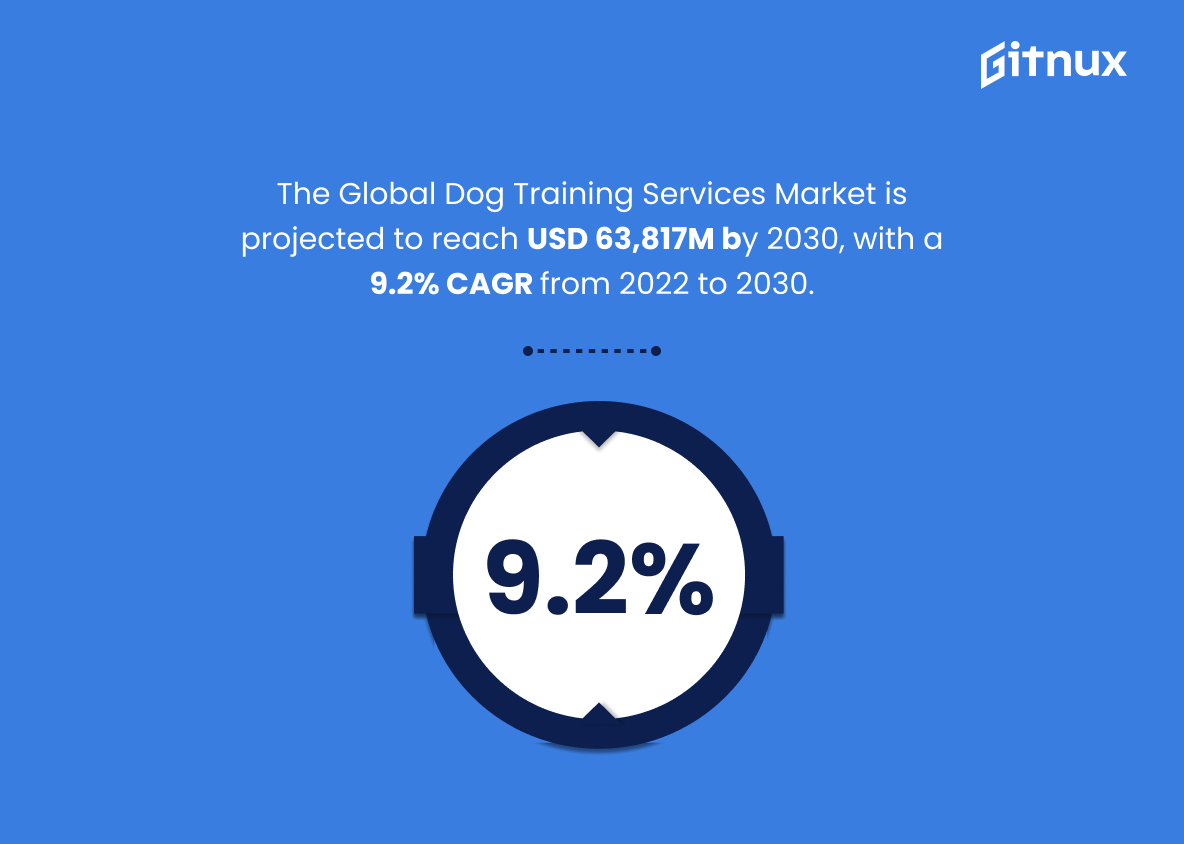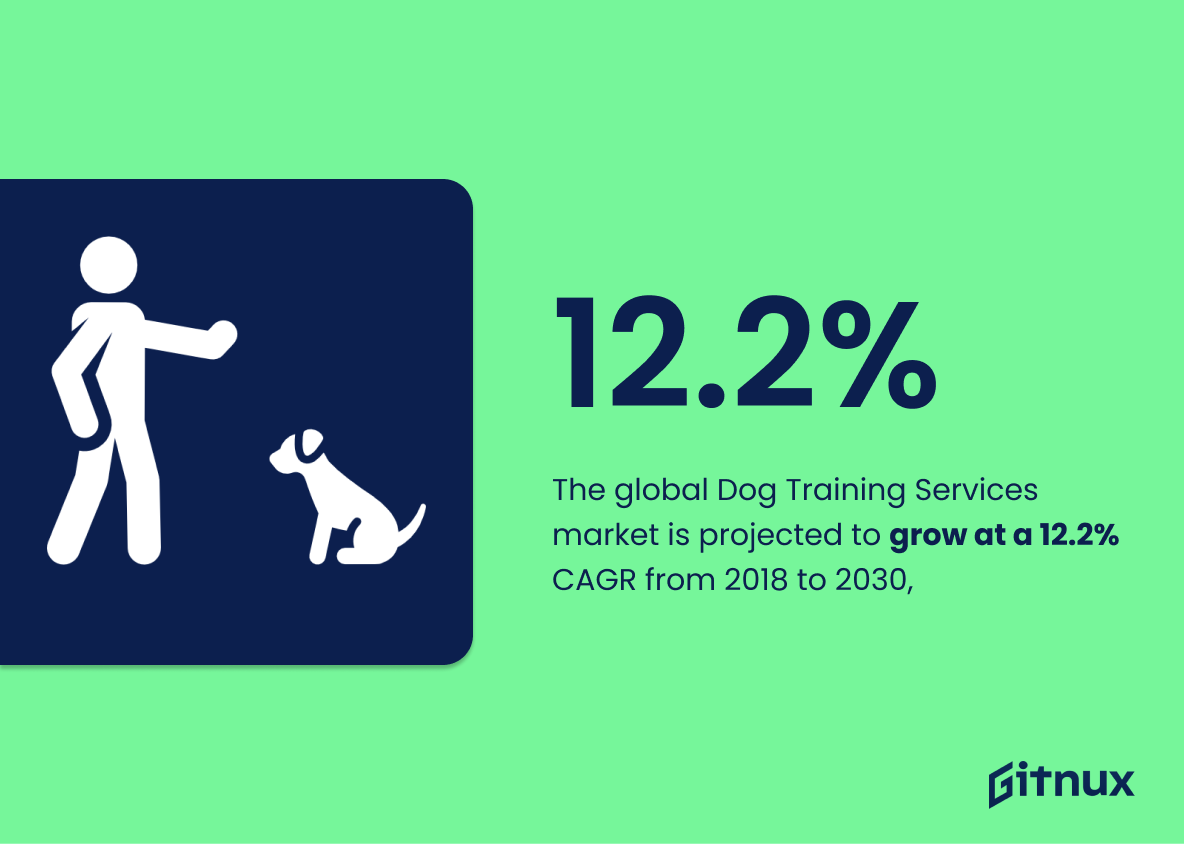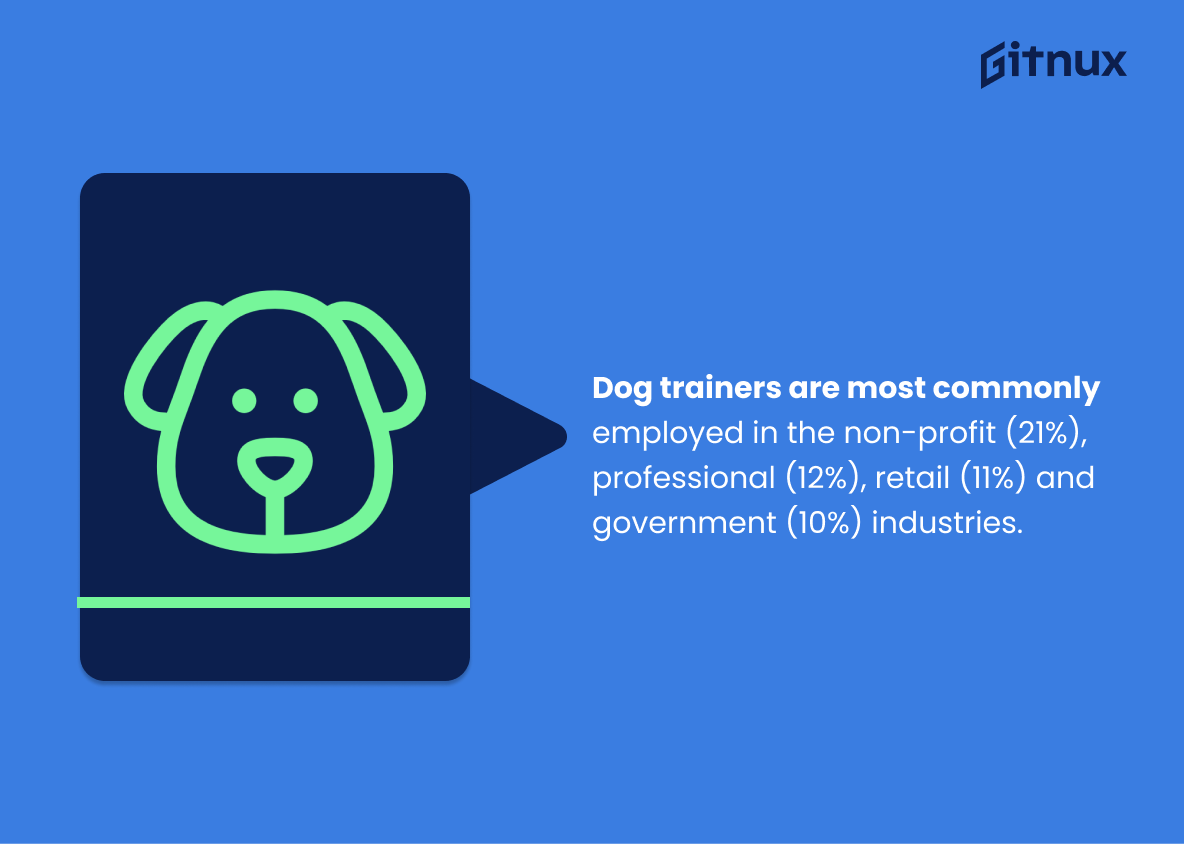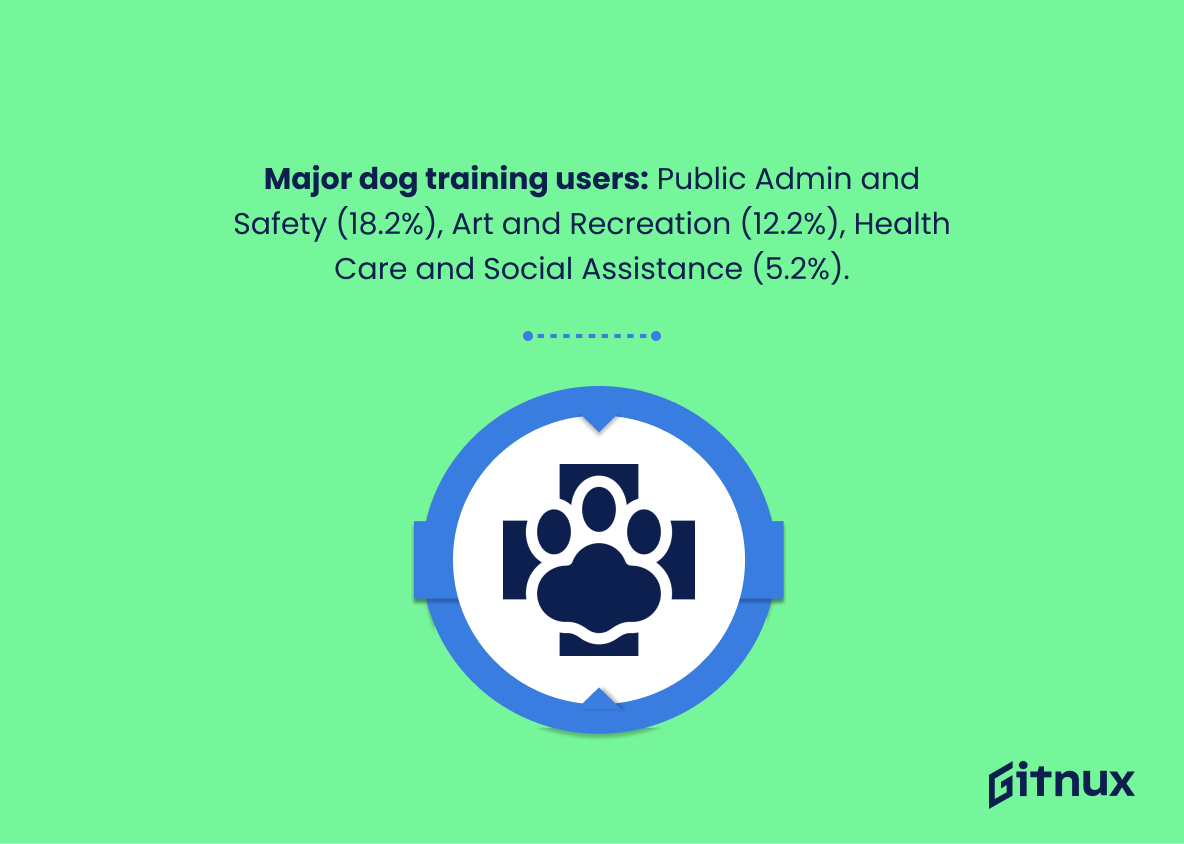The dog training industry is an ever-growing field, and the statistics are constantly changing. From the number of dog trainers to the amount of money spent on dog training services, the industry is constantly evolving. In this article, we’ll take a look at the latest dog training industry statistics and explore what they mean for the industry.
We’ll also discuss the trends that are emerging in the industry and how they are impacting the way dog trainers do business. Finally, we’ll look at some of the challenges that dog trainers are facing and how they can be addressed. So, let’s dive into the world of dog training industry statistics and see what we can learn.
Notice Title
Dog owners in Japan spent an average of over 300 thousand Japanese yen on their animal companions in 2021, with the largest amount being spent on dog food and medical expenses.
The Global Dog Training Services Market is expected to reach USD 63,817 Million by 2030, growing at a CAGR of 9.2% from 2022 to 2030.
Dog Training Industry: Statistics Overview
The pet industry expenditure in the United States has increased from $17 billion in 1994 to $126 billion in 2021, likely due to the increase in the household penetration rate for pet-ownership.
There is an increasing demand for pet-related services, such as dog training.
The majority of pet owners in the United States spend up to 500 U.S. dollars on their pets per year, while affluent households spend an average of 1,523 U.S. dollars. Total pet market sales have steadily increased in the U.S. over past years, and pet food was the highest selling pet market product category in 2021.
Pet owners are increasingly willing to invest in their pets, which could be an opportunity for dog training businesses to capitalize on.
Demand for pet training services is likely to increase due to the rapid adoption of pets by millennials and generation z, making it a lucrative industry.
There is a potential to increase profits in the industry due to the increased demand for pet training services.
This could be beneficial for businesses in the industry, as well as for pet owners who are looking for reliable and effective training services for their pets.
The European Union has enacted legislation to improve attitudes towards disabled people and guide dog owners, which has helped shape the development of employment and social policies across the EU-27, EFTAEEA and EU candidate and pre-candidate countries.
This matters in the context of Dog Training Industry Statistics because it has improved access to services and transportation for blind and other disabled people, and has helped create a more inclusive environment for guide dog owners.
Nearly two in five Australians acquired their pets from animal shelters in 2021, which is beneficial financially as they come with lower adoption fees and may save on training expenses due to many of them being house-trained and previously acquainted with a family life.
More people are opting for animal shelters when getting a pet, which could lead to a decrease in demand for dog training services.
The Dog Training Services industry in Australia is a growing industry that provides obedience and competition training for dogs of all types.
The industry is growing and that there is a demand for services that provide obedience and competition training for dogs. This indicates that the industry is likely to continue to grow in the future and that it is an important part of the economy.
Dog owners in Japan spent an average of over 300 thousand Japanese yen on their animal companions in 2021, with the largest amount being spent on dog food and medical expenses.
This statistic is important in the context of Dog Training Industry Statistics because it shows the high level of investment that dog owners are willing to make in their pets.
This indicates that there is a large potential market for dog training services, as owners are willing to spend money to ensure their pets are healthy and well-behaved.
A customs official in Tokyo hid a package in a passenger’s suitcase as a training exercise for sniffer dogs, but lost track of both drugs and suitcase during the practice session.
The training methods used by customs officials may not always be effective, which could have implications for the accuracy and reliability of the sniffer dogs.
5% of dogs in the UK showed aggression towards other pets on a weekly basis in 2015 – this statistic is important as it highlights the need for proper socialisation and training for dogs, which can help reduce aggressive behaviour and improve the overall welfare of dogs.
The primary reason for seeking behavior help from a canine professional in the UK is related to aggression, and no significant differences were found for the type of CP consulted.
This matters because it provides insight into the types of approaches various CPs may be taking, and the success of such approaches, in order to better understand the Dog Training Industry.
The Global Dog Training Services Market is expected to reach USD 63,817 Million by 2030, growing at a CAGR of 9.2% from 2022 to 2030.
This statistic is important because it provides an indication of the growth of the global dog training services market.
This information can be used by businesses in the industry to make informed decisions about investments, marketing strategies, and other aspects of their operations. Additionally, it can be used by researchers and analysts to better understand the current state of the industry and make predictions about its future.
The global Dog Training Services market is expected to grow at a CAGR of 12.2% from 2018-2030, driven by increased pet ownership, demand for working dogs, awareness of canine behavioral training, and demand for customized services.
This provides an indication of the potential growth of the Dog Training Services industry over the next decade. This growth is driven by a number of factors, including increased pet ownership, demand for working dogs, awareness of canine behavioral training, and demand for customized services.
This information can be used by industry professionals to make informed decisions about their investments and strategies.
North America generated the highest revenue in the dog training services market in 2021, while Asia-Pacific is expected to attain the fastest CAGR from 2022 to 2030.
This statistic is important because it shows that the dog training services market is growing in different geographical segments. North America is currently the largest market for dog training services, but Asia-Pacific is expected to have the fastest growth rate in the coming years. This indicates that the dog training industry is expanding and that businesses should consider investing in this market.
Adoption of pets is rising quickly in developing countries, with India having 28 million pet dogs, and the Asia Pacific Pet Training Services Market is projected to grow 6.7% CAGR during the forecast period.
There is a growing demand for pet training services in the Asia Pacific region, which could provide an opportunity for businesses in the dog training industry to expand their operations and capitalize on the rising trend of pet adoption.
Dog trainers are most commonly employed in the non-profit (21%), professional (12%), retail (11%) and government (10%) industries.
This statistic matters because it provides insight into the industries that are most likely to employ dog trainers.
This information can be used to inform decisions about where to look for job opportunities, as well as to understand the size of the industry and the types of employers that are most likely to hire dog trainers.
The main industries that use dog training are Public Administration and Safety (18.2%), Art and Recreation Services (12.2%), and Health Care and Social Assistance (5.2%).
Are most likely to employ dog trainers, which can help inform decisions about where to focus resources and efforts when it comes to training and recruiting dog trainers.
61.1% of dog trainers in the US are women and 38.9% are men, verified against BLS, Census, and current job openings data.
This statistic is important because it provides an accurate representation of the gender split in the dog training industry, which can be used to inform decisions about hiring practices, marketing strategies, and other aspects of the industry.
59% of the workforce is female and 41% is male;
This provides a gender breakdown of the workforce, which can help inform decisions about the hiring and promotion of employees in the industry.
Additionally, it can be used to identify potential areas of gender inequality and help inform strategies to address any disparities.
The Global Dog Training Devices Sales Market size is projected to grow at a CAGR of 5.5% from 2022 to 2028, due to increasing demand for pet products, rising awareness about pet health and hygiene, and the growing trend of adopting pets.
The market for dog training devices is projected to grow at a steady rate over the next few years. This indicates that the industry is likely to remain profitable and that there is potential for further growth.
Additionally, it provides insight into the factors driving the growth of the market, which can be used to inform marketing and product development strategies.
The Global Smart Dog Collar Market Size is projected to reach USD 2104.34 million by 2028, exhibiting a CAGR of 22.70%.
The market size of smart dog collars is projected to grow significantly over the next few years. This indicates that the demand for smart dog collars is increasing, which could be beneficial for the Dog Training Industry as it could lead to more people investing in smart dog collars for their pets.
Conclusion
The dog training industry is a growing and profitable business. With an increasing demand for professional dog trainers, the industry is expected to continue to grow in the coming years.
The industry is also becoming more competitive, with more trainers offering specialized services. With the right training and marketing strategies, dog trainers can capitalize on this growing industry and make a successful career.
References
1 – https://www.statista.com/statistics/253976/pet-food-industry-expenditure-in-the-us/
2 – https://www.statista.com/statistics/253983/pet-market-sales-in-the-us-by-category/
3 – https://www.reportlinker.com/p06322252/Europe-Pet-Training-Services-Market-Size-Share-Industry-Trends-Analysis-Report-By-Branch-By-Pet-Type-By-Training-Method-By-Purpose-By-Country-and-Growth-Forecast.html
4 – https://www.egdfed.org/media/1039/number-of-guide-dogs-report.pdf
5 – https://www.statista.com/statistics/1294578/total-number-animals-received-rspca-australia/
6 – https://www.ibisworld.com/au/industry/dog-training-services/5603/
7 – https://www.statista.com/statistics/1228136/japan-expense-pet-dog-by-type/
8 – https://www.reuters.com/article/us-japan-cannabis-idINT16792520080526
9 – https://www.statista.com/statistics/541020/dogs-socialisation-training-united-kingdom-uk/
10 – https://www.sciencedirect.com/science/article/pii/S155878782200137X
11 – https://www.accurizemarketresearch.com/report/dog-training-services-market%20https://www.accurizemarketresearch.com/report/dog-training-services-market
12 – https://dataintelo.com/report/dog-training-services-market/
13 – https://www.accurizemarketresearch.com/report/dog-training-services-market%20https://www.accurizemarketresearch.com/report/dog-training-services-market
14 – https://www.kbvresearch.com/asia-pacific-pet-training-services-market/
15 – https://www.zippia.com/dog-trainer-jobs/demographics/
16 – https://labourmarketinsights.gov.au/occupation-profile/dog-handlers-and-trainers?occupationCode=361111
17 – https://www.zippia.com/dog-trainer-jobs/demographics/
18 – https://labourmarketinsights.gov.au/occupation-profile/dog-handlers-and-trainers?occupationCode=361111
19 – https://dataintelo.com/report/global-dog-training-devices-sales-market/
20 – https://www.industryresearch.biz/global-smart-dog-collar-market-21113852
